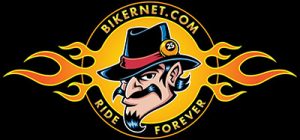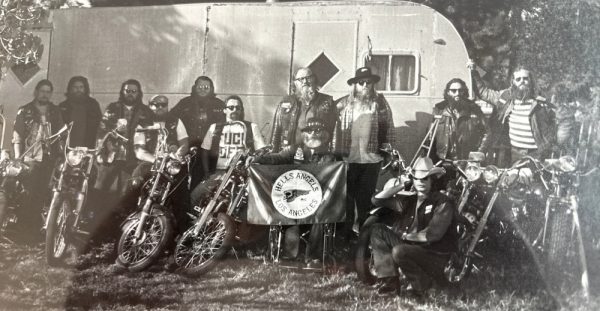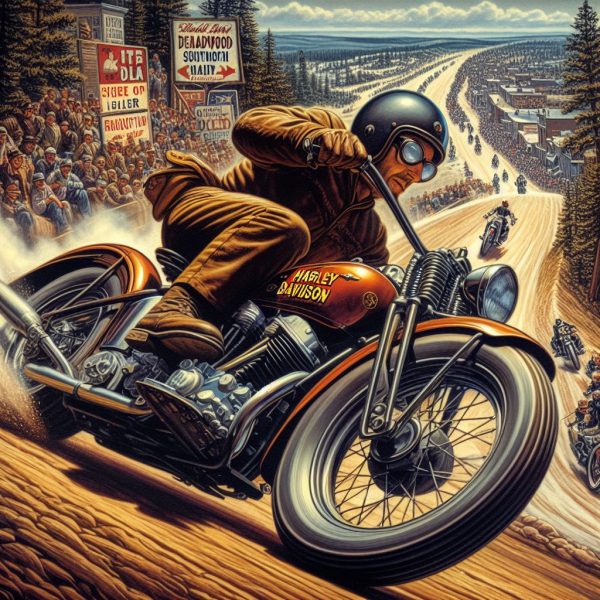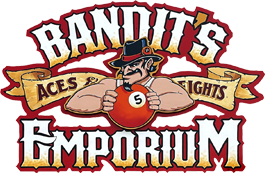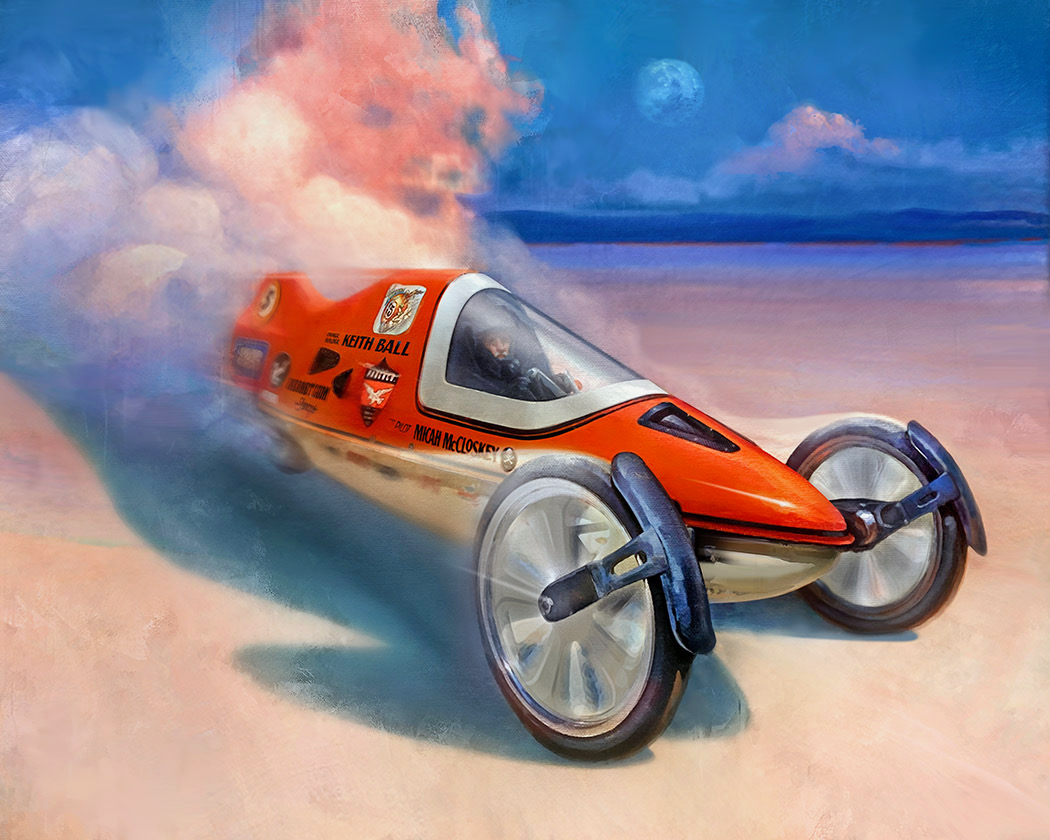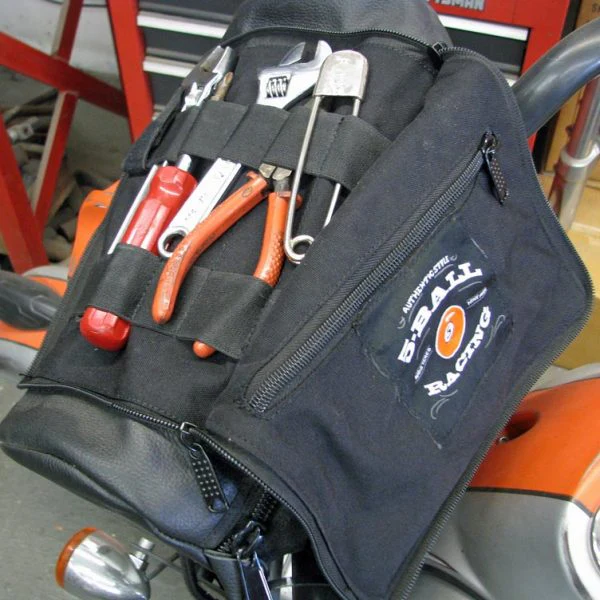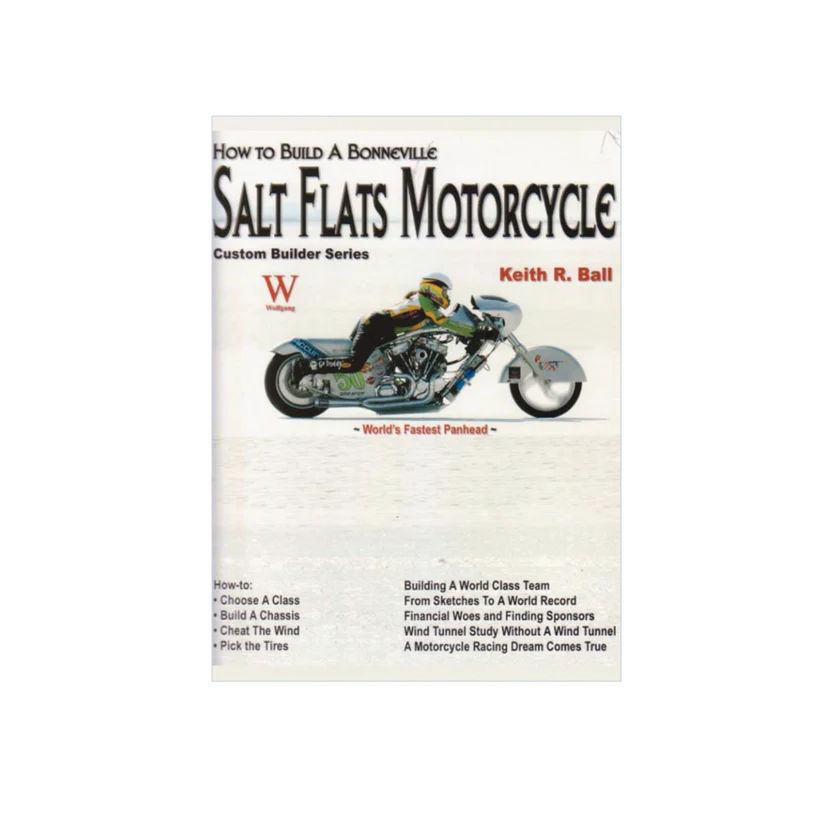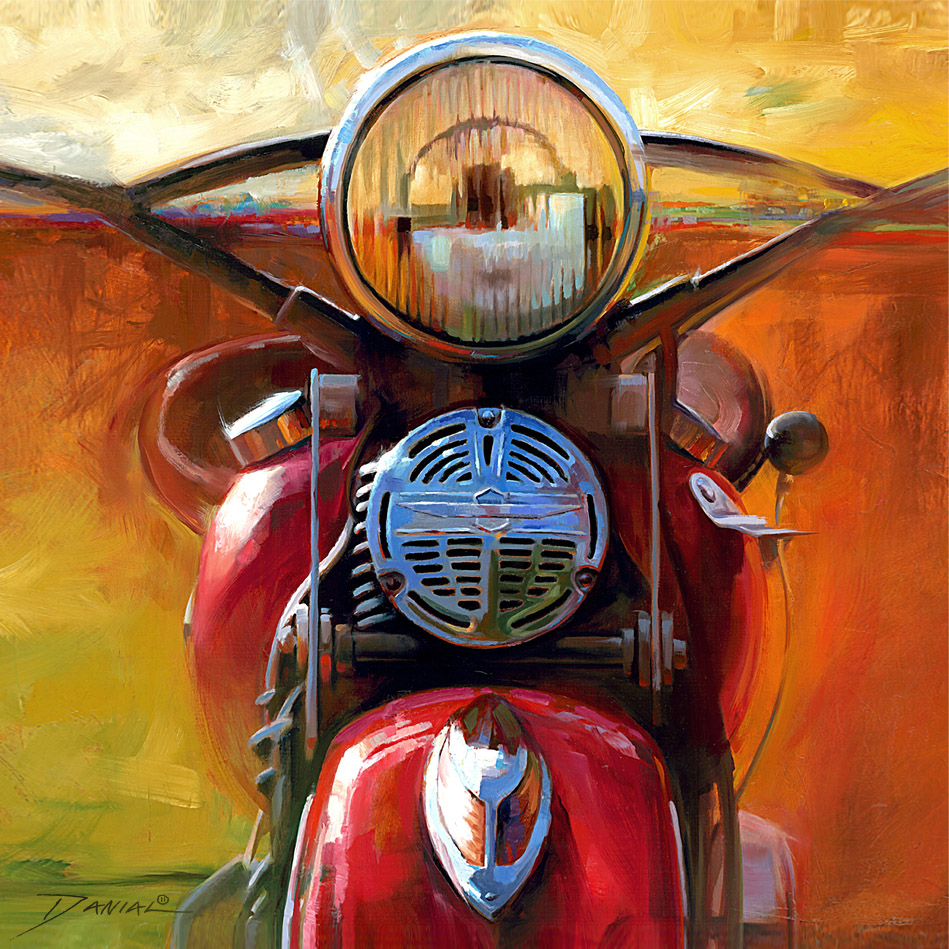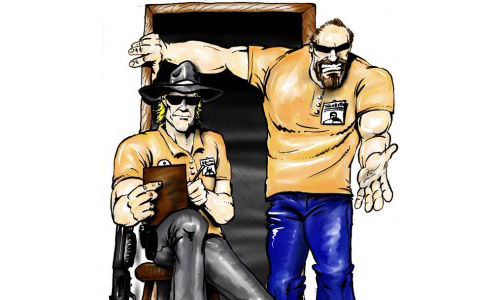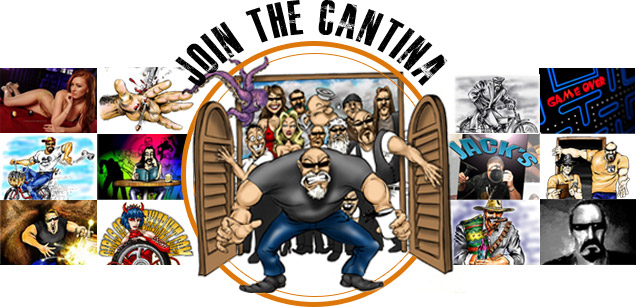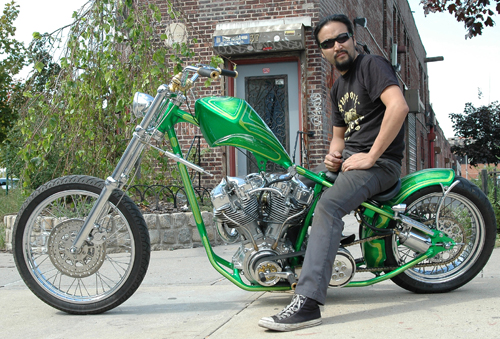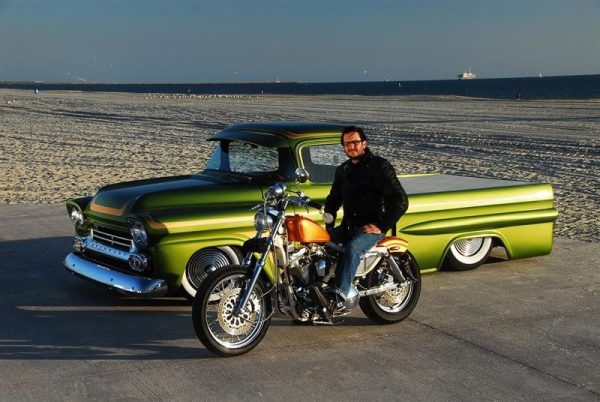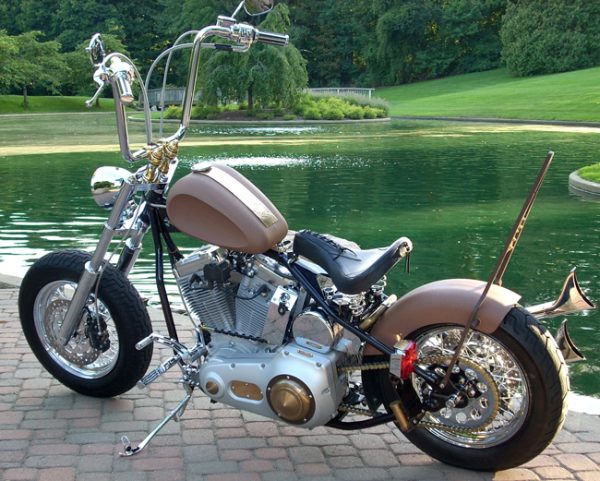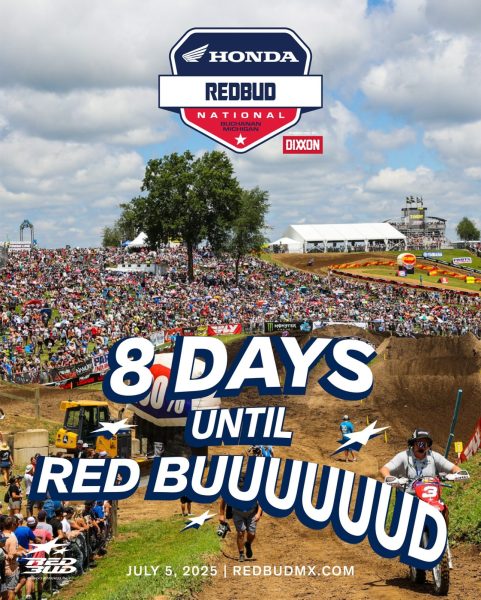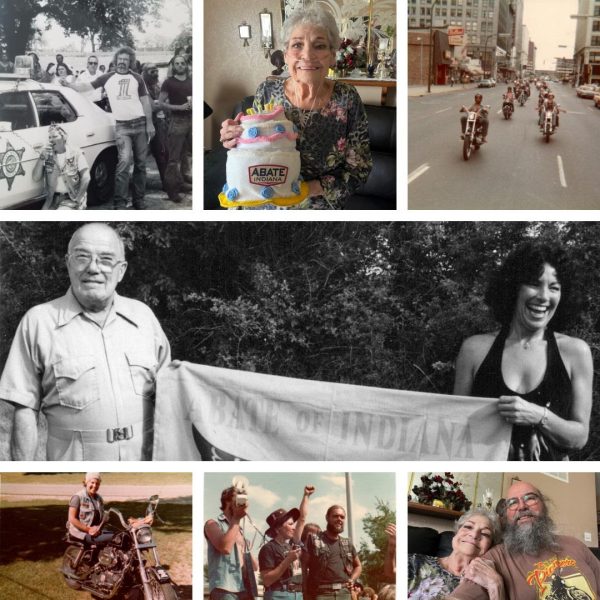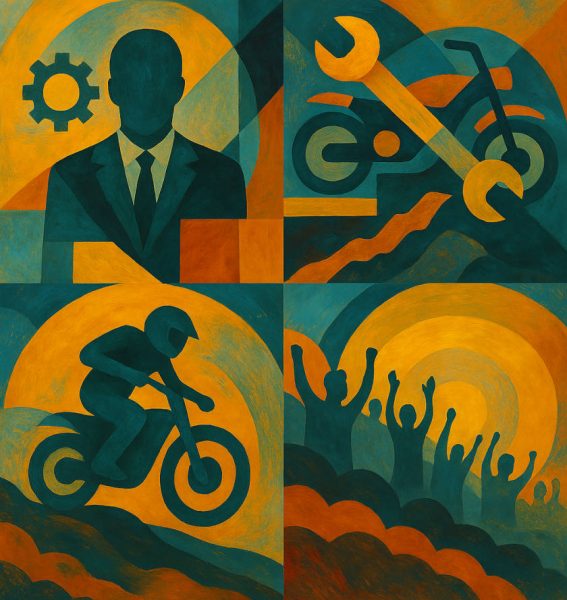Latest Articles
WIN BY HARLEY-DAVIDSON RACERS JAKE LEWIS & CORY WEST
HARLEY-DAVIDSON® PAN AMERICA® ST RACERS JAKE LEWIS AND CORY WEST WIN IN MISSION SUPER HOOLIGAN ...
1939 Harley-Davidson Knucklehead is headed to someone’s garage
ONLY TWO DAYS LEFT CLICK TO WIN https://store.wheelsthroughtime.com/win-this-bike The 2025 WTT Raffle Grand Prize is ...
CLUB FIGHTS 1976
I just watched the George Clooney and Evan McGregor film, “Men who Stare at Goats.” ...
National Council of Informed Riders
National Council of Informed Riders (National COIR) KEEPING YOU INFORMED National COIR has joined 5 ...
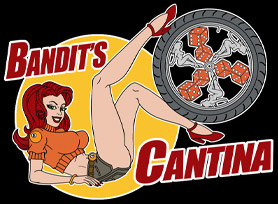
New in the Cantina
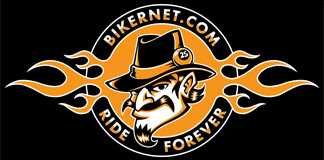
Weekly News
IT’S A WONDERFUL PLACE BIKERNET WEEKLY NEWS for June 30, 2022
Hey,This could be a magnificent day in the hood. As you will see in the ...
THE CONUNDRUM BIKERNET WEEKLY NEWS for June 23, 2022
I’m in a conundrum, which means a mystery, a challenge or a questioning problem. I’ve ...
THE BROTHERHOOD BIKERNET WEEKLY NEWS for June 16th, 2022
Hey, Life for a biker is a wonderful thing, primarily because of the brotherhood. Whether ...
INTEGRITY BIKERNET WEEKLY NEWS for June 9th, 2022
Hey,This is a tough one and I don’t get it, but maybe I do. I ...
Tech Articles
CHOPPER CLASS WITH MR. BAAS
This will begin the ongoing bike build for Kevin Baas’s 2005 Class Build here on ...
Jewelry Tech–The Lost Ring and Lost Wax Tradition
You can order our wheel ring in the Bikernet Black Market.We've just hooked up with ...
New X-Wedge From S&S
S&S of Lacrosse, Wisconsin, sells 8500 large V-Twin engines a year—to producers of specialty motorcycles, ...
61-Inch Dual Carbed Panhead
There we were, enjoying the completed restoration of a 1948 61-inch Panhead when Jesse James ...
Bike Features
Keino Keeps The Fires Alive
Click on the image for the Indian Larry Legacy Website. Keino built this sign for ...
Pre-Paint Bike Feature
This is another Bikernet first, a full bike feature on a running but unpainted chop. ...
Event Features
WIN BY HARLEY-DAVIDSON RACERS JAKE LEWIS & CORY WEST
HARLEY-DAVIDSON® PAN AMERICA® ST RACERS JAKE LEWIS AND CORY WEST WIN IN MISSION SUPER HOOLIGAN ...
Roads to Redbud 2025
Hey all - anyone venturing to Buchanan Michigan on the 5th of July, for the ...
Happy Birthday ABATE Of Indiana
In the mid-seventies, the motorcycle rights movement really started in earnest. This is why many ...
AMA Motorcycle Hall of Fame Announces Class of 2025
Six distinguished motorcyclists to be inducted on Oct. 23 during the AMA Hall of Fame ...
